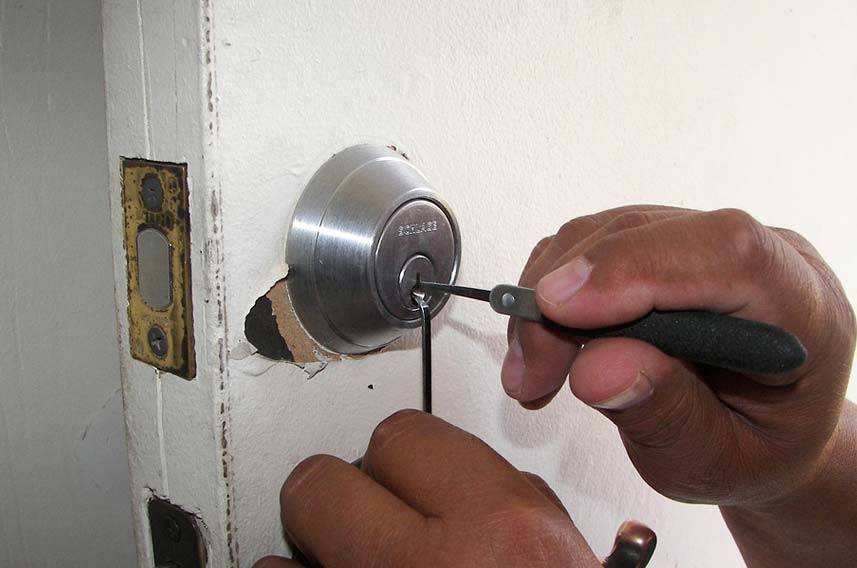Lock picking is a major issue that puts people's homes, companies, and personal possessions at risk. The ability to modify the lock could allow unauthorized access, which could lead to harm, theft, or privacy violation. The three primary lockpicking techniques will be covered in this article, along with the necessity of buying a Lock Picking Set in both legal and urgent circumstances.

1. Unlock:
Lockpicking is the act of manipulating the components of a lock to bypass its security mechanism and gain access without the use of the original key. A skilled lockpicker uses specialized tools, such as tension wrenches and lock picks, to manipulate the lock's pins or pins and align them properly to unlock the mechanism.
Lockpicking requires an in-depth knowledge of lock mechanics and takes time to master. It is important to note that lockpicking tools should only be used ethically and legally, such as by a professional locksmith or in emergency situations requiring authorized access.
2. Collision:
Slamming is a lock operating technique that involves using a specially made slam key to temporarily push the pin into the shear line, thereby unlocking the lock. Bumping is a quick and relatively easy way to get around a tumbler lock, and it requires minimal skill and practice compared to lockpicking.
Bump keys are easy to obtain or create, making this method a concern for homeowners and businesses alike. However, it must be emphasized that collision techniques should not be used for malicious activities or for illegal purposes. Homeowners and businesses should be aware of this technology and take the necessary precautions by installing anti-collision locks or high security locks.
3. Embossing:
Stamping is the technique of making a working key by stamping or molding the keyway of the lock. The process involves inserting a blank key into the lock and manipulating it to create markings on the key of the lock's internal components. From these imprints the key is gradually filed and the process repeated, eventually producing a function key.
Making an imprint requires patience, skill, and precise manipulation of the key inside the lock. This technique is generally more time-consuming and less common than picking or banging, but it can still be a problem with some types of locks, especially those without sophisticated security features.
Lockpicking involves multiple techniques including picking, banging and imprinting, and poses a threat to the security of homes, businesses and personal property. When discussing these practices, it is important to emphasize the responsible and ethical use of lockpicking tools.
It is very important to remember that only authorized individuals, such as professional locksmiths or those needing emergency access to locked locations, should buy and utilize lockpicking gear, such as lockpicking kits. To ensure the protection of people and property, it is essential to abide by the law and ethical standards.
Investing in an
Auto Tool gives you the tools you need to learn about and carry out authorized lock operations, whether you're interested in the locksmithing industry or you just need expert assistance. However, while dealing with lock-related concerns and security systems, ethics, legality, and expertise are always given precedence.